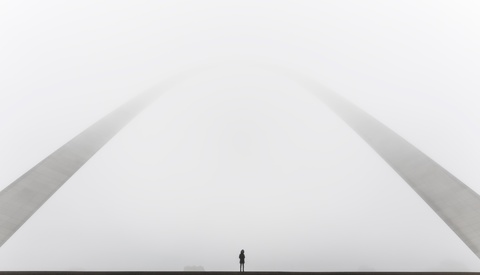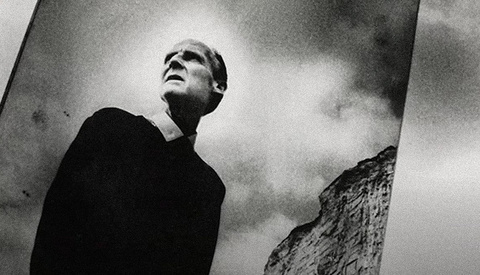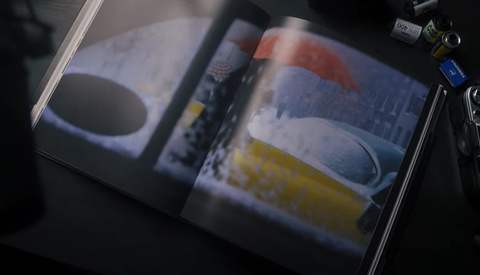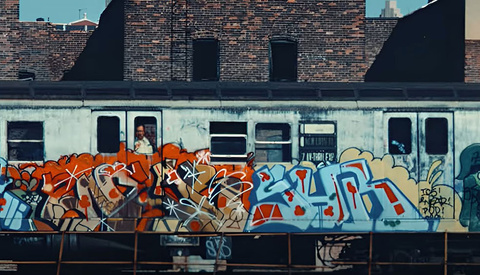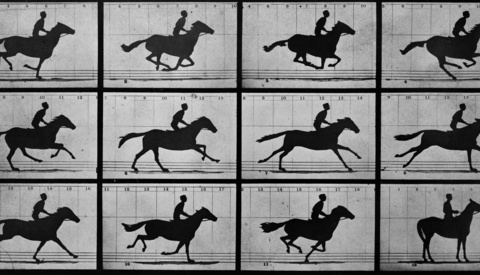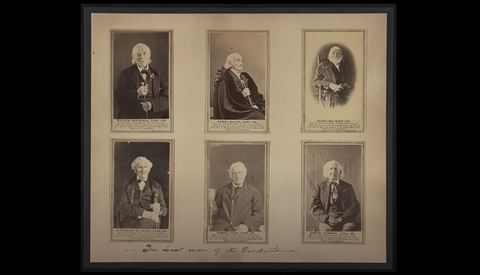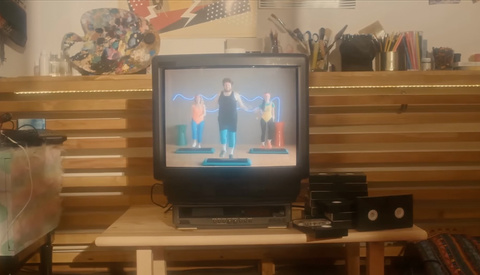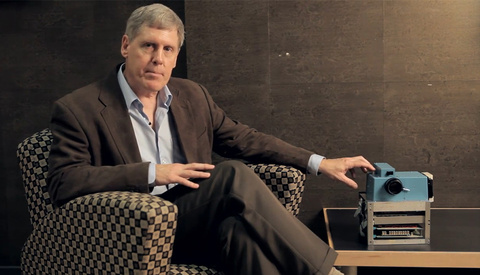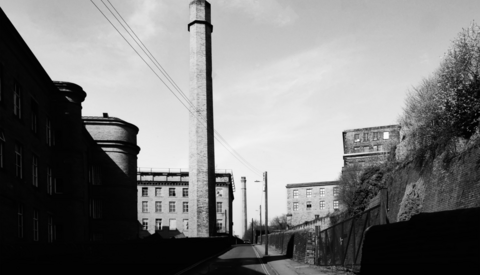A Review of the Apple QuickTake 100, a Neat Digital Camera From 1994
It is easy to look at modern digital cameras and forget just how spoiled we really are. After all, the latest generation of cameras make it almost impossible to miss the shot. Even a decade ago, digital cameras were far less capable, and if you turn back the clock three decades, digital models had barely just come into existence. This fun retro review takes a look at one such camera, the Apple Quicktake 100.





